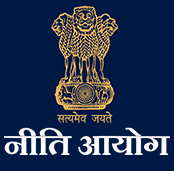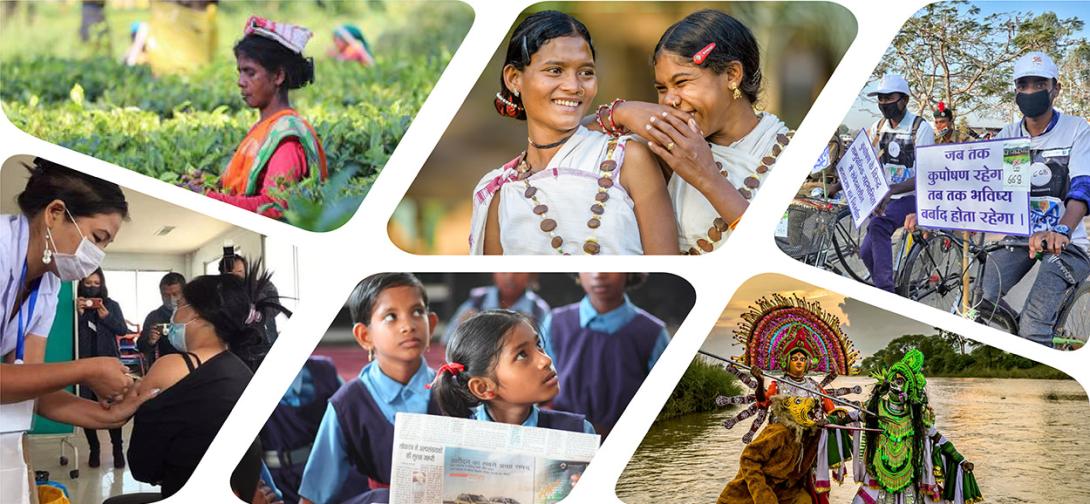Deciphering the World Press Freedom Index
The Paris based Reporters Without Borders (RSF) publishes annually a World Press Freedom Index (WPFI) purporting to evaluate the level of freedom available to the media in 180 countries. From a rank of 80 in the inaugural WPFI report, 2002, India’s rank fell to 122 in 2010 and 131 in 2012. The recently released 2020 WPFI has ranked India at 142, down 2 places from 2019, has been a subject of much discussion and debate amongst media persons, political parties, Governments, bureaucrats and also on social media, and thus merits a closer look at the WPFI methodology and functioning.
The WPFI 2020 is compiled on the basis of an online questionnaire comprising 83 questions, answered by 18 freedom of expression NGOs, many of which are funded by the RSF, and a network of around 150 correspondents, and researchers, jurists and human rights activists, usually selected by the correspondents. This qualitative questionnaire is used to calculate scores on six parameters in the index – pluralism, media independence, media environment and self-censorship, legislative framework, transparency and quality of infrastructure that support production of news and information. This score is combined with quantitative data on abuses and acts of violence against journalists, to arrive at the overall WPFI score.
Multiple countries and commentators have raised concerns with both the WPFI criteria, methodology and also about RSF’s perceived biases, lack of objectivity in ranking and lack of transparency. One of the primary concerns raised has been the opaqueness of the WPFI survey. Question-wise or category-wise scores used in computing scores for the six parameters are not made public, nor is the list of respondents provided. Similarly, clearly defined, credible sources are not available for quantitative data on abuse and violence against journalists, nor is any attempt made to clarify such data with Government or country-wise sources in any of the countries being ranked. When a limited sample of approximately 150 respondents and 18 NGOs are asked to analyse and respond to 83 questions for each country, the chances of biases and disconnect with the realities are high. On an average, 1 respondent is asked to provide parameter-wise assessments for 1 country; the implausibility of one respondent being able accurately assess press freedom in a country render the WPFI rankings highly subjective at best. Indeed, this might be one of the reasons behind RSF’s reluctance in sharing parameter scores or even anonymised country-wise responses.
Not surprisingly, a former Singapore PM had called1 the WPFI “ a subjective measure computed through the prism of western liberals.” Academics and press professionals in the UK2 have stated “ Press freedom Indices tend to default to a homogenous view of mass media which then facilitates comparison between countries. The challenge is that media is an aggregate term. It neatly compresses a dynamic and diverse range of platforms into a single variable. While this consolidated view provides a means to speak generally about a country’s “media environment,” it also masks significant differences between types of media (platforms), between outlets (within and across platforms) and between those who own and control them. ” The SAB-UNESCO Chair of Media and Democracy at Rhodes University3 had stated “the Freedom of the Press Index (Freedom House) has a neo-liberal predisposition towards the state as predatory, always encroaching on media freedom and independence” – a similar conclusion may also be drawn regarding the WPFI.
There are similar allegations of biases in some questions in the RSF questionnaire. For instance, in the question “Does media report the negative side of government policies?” a yes answer is evidence of watchdog journalism, whereas a negative answer could merely be due to a political agenda of the media organization; hence, the question may not directly indicate the biases of media organizations. Similarly, the questionnaire is limited to asking whether there are private media companies and whether they are free to determine their editorial line. There are no questions about media ownership or about their economic concentration in private hands4.
The WPFI has generally ranked lower developing countries which have government media ownership, thereby negating the state’s responsibility of being a disseminator of information and creator of awareness, especially in the global south. Conversely, Norway, Finland, Denmark and Sweden which are at the top 4 ranks of the WPFI 2020 provide direct subsidies to the press, leaving the WPFI process and methodology open to criticism on grounds of needless and indefensible differentiation between developed and developing countries. Latin American countries have often accused the RSF of spying at the behest of the US; a Secretary General of the RSF had resigned over an agreement with the Centre for a free Cuba, which has its origins in the Cuban dissident movement5.
The last annual report available on the RSF website is for 2018. As per the report, there are no members from South Asia in its Board of Directors and Administration Board. Author Taslima Nasreen is the only person of Asian origin on its Emeritus Board, despite India, China and Afghanistan being amongst its list of priority countries. The website of the RSF also does not provide details about its funding sources and quantum of funding received from various sources. Various media reports have mentioned various Governments, multilateral agencies and agencies such as Soros Foundation as its donors, raising questions about its independence, motivations and ideological moorings. The WPFI at present has little direct value for both citizens and Governments in most countries, except perhaps for the Governments which fund it.
SDG Target 16.10 enjoins governments and all stakeholders to ensure public access to information and protect fundamental freedoms, in accordance with national legislation and international agreements. An objective measure of press freedom across countries and a well-coordinated multi-stakeholder approach towards establishing press freedoms are essential towards improving democratic outcomes like transparency, accountability, people’s participation etc. With these overarching goals in mind, Reporters Without Borders must use its unique position and expertise to evolve a globally acceptable definition of press freedom by engaging with all countries which it ranks and strive to remove inconsistencies and biases in its ranking methodology and provide clarity on its funding sources. The UNESCO in 2012 had defined journalists as “people who observe, describe, document and analyze events and document and analyze statements, policies and any proposal that may affect society, in order to systematize that information and gather facts and analysis to inform the sectors of the society or the society as a whole6.” RSF should update its definition of press accordingly and account in its ranking methodology for differences between print, electronic and TV journalists, and social media commentators.
The Press Council of India (PCI), which acts a watchdog of the press, by the press and for the press had rejected India’s ranking in the 2018 WPFI, stating that there was a lack of clarity on the inputs for the rankings, which were based solely on perception and not on statistical data. The PCI has written a number of times since 2015 to the RSF to understand how the index is prepared and sought discussions with them to know the inputs that weighed in the ranking so that remedial steps could be taken to smoothen the functioning of the media, but has not received a reply7. At present, it appears that further engagement by the Government with the RSF may yield only marginal returns and hence, should be avoided. RSF’s opaque and biased rankings reduces its role as a major policy making aid until the RSF is able to develop a consensual definition of press freedom, along with transparent parameters and credible data sources to measure such freedoms.
References
1. Goh Chok Tong (former prime minister of Singapore in speech commemorating the fifth anniversary of Today newspaper, October 31, 2005
2. Gerry Power (managing director, InterMedia UK); Anna Godfrey (research manager, BBC World Service Trust); Patrick McCurdy (lecturer, Department of Media and Communications, Erasmus University): “When Theory Meets Practice, Critical reflections From the Field on Press Freedom Indices.”
3. Fackson Banda (SAB Ltd.-UNESCO Chair of Media & Democracy, Rhodes University): “What Are We Measuring? A Critical Review of Media Development Assessment Tools.”
4. Sapiezynska, E. & Lagos, C. (2016). Media freedom indexes in democracies: a critical perspective through the cases of Poland and Chile 5. RSF press release, January 25, 2016
7. The Hindu, 6 May 2018
Saumya Chakraborty is Consultant, DMEO, Views are personal.
 National Portal Of India
National Portal Of India 


